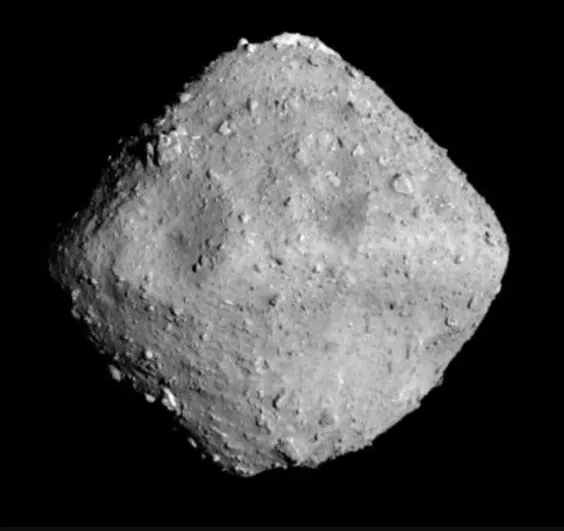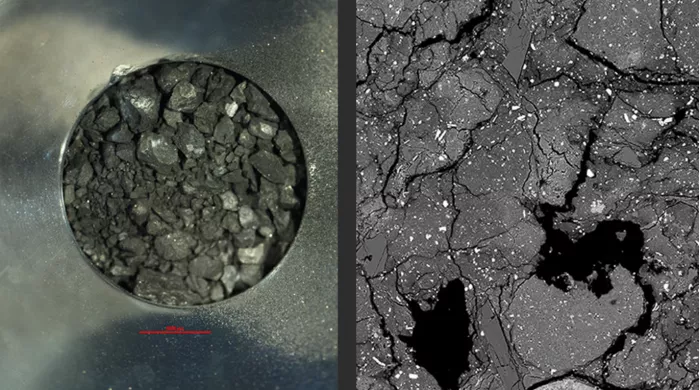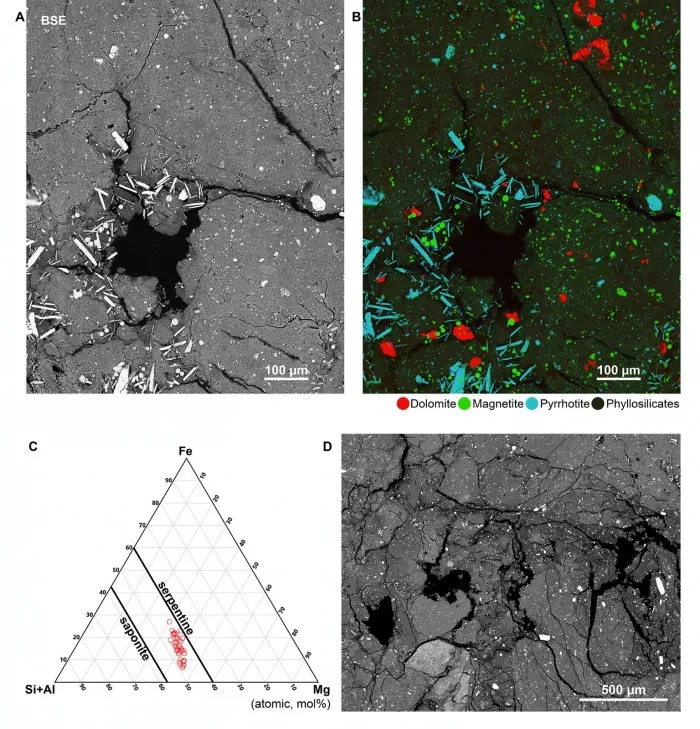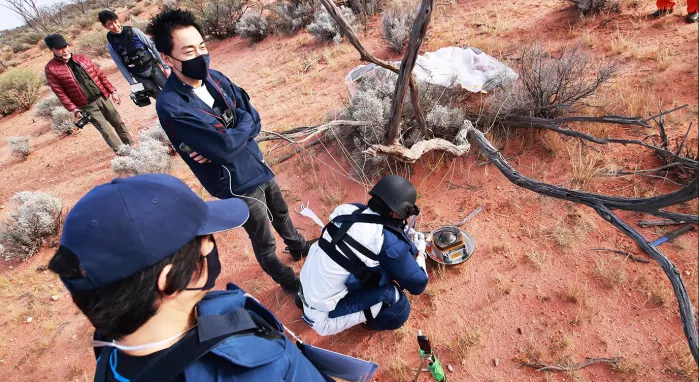According to new atlas, a six-year round trip to and from asteroids has given people an unprecedented understanding of the formation of the solar system Scientists conducted the first comprehensive analysis of the samples returned from the small planet "Dragon Palace" and found a detailed history starting from the oldest material ever discovered

At first, the solar system was basically a huge disk of dust and gas, which gradually gathered together to form the sun, then planets and satellites. This "cake fragment" drifts in space in the form of asteroids and comets. Therefore, they are basically "time capsules" that preserve the original materials during the formation of the solar system.
When they fall to earth as meteorites, scientists can study them, but unfortunately, these samples will be contaminated by processes on earth. The best samples come directly from the source. They are locked in space and have remained basically unchanged for billions of years. This is the goal of the hayabusa2 mission launched by the Japan Aerospace Exploration Agency (JAXA) in 2014.

"Falcon 2" successfully contacted the surface of the asteroid "Dragon Palace" in 2019, dived down, scooped up samples of rock materials from the surface, and brought them back to earth in December 2020. Now, the first comprehensive analysis of this original sample has been completed.
Scientists studied 16 particles from the "Dragon Palace" and found that it contains the oldest material in history, some of which are older than the sun. Although the current asteroid is only about 1 km (0.6 miles) in diameter, it is only a fragment of its parent (asteroid), which may be tens of kilometers in diameter and formed in the outer solar system.

Interestingly, these materials show signs of being soaked in water in the distant past. Radioisotope measurements show that the mother of the Dragon Palace was changed by the water cycle millions of years after the birth of the solar system.
Nicolas dauphas, the study's author, said: "we must imagine a collection of ice and dust floating in space. When the ice is melted by nuclear energy generated by the decay of radioactive elements existing when asteroids were formed, it becomes a huge mud ball."
The researchers said that these radioactive elements will all decay in 5million years, and the asteroid will freeze again. The impact of another celestial body threw debris from the asteroid, including a fragment called "Dragon Palace". Eventually, the "Dragon Palace" entered the inner solar system under the gravitational force of the planet, where its ice would evaporate, leaving dry rocks and dust balls seen today.

Scientists also detected raw organic matter in the samples, including amino acids that form proteins. This allows the components of life to form in space and then be transported to earth by asteroids such as the Dragon Palace. The wet history of the asteroid also provides evidence for the hypothesis that water may have deposited here in the same way.
Although this analysis is insightful, it is only the beginning. The materials examined in this study are only a small part of the total samples recovered from the "Dragon Palace", some of which have been collected into the warehouse for future analysis with more advanced technology. NASA did the same thing with the lunar samples brought back from the Apollo mission, which were only opened 50 years later.
Other missions are currently underway, which will bring back original samples from another asteroid Bennu, while the perseverance rover is storing Martian rock samples for eventual return to earth.
The study was published in Science 》In magazines.